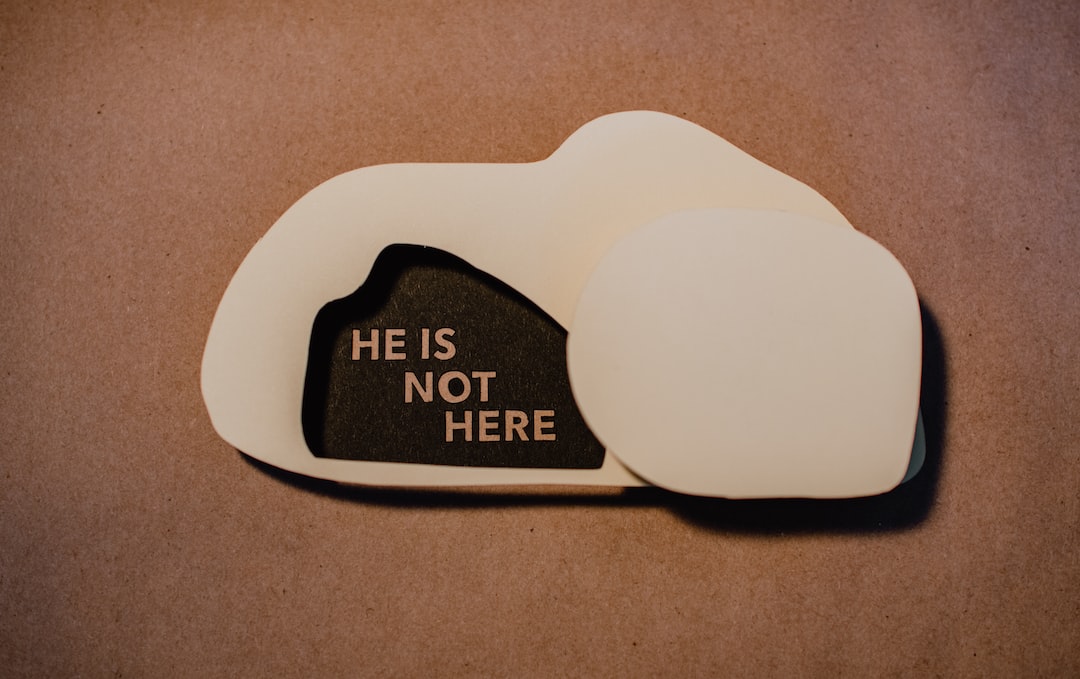Exploring the Origins and Symbolism of Various Religious Symbols
Religious symbols are powerful visual representations that hold significant meaning and value within various faith traditions. These symbols provide believers with a deeper connection to their spiritual beliefs, acting as a unifying force and a source of inspiration. In this blog post, we will explore the origins and symbolism of some of the most well-known religious symbols across different cultures and religions.
1. The Cross:
One of the most ubiquitous religious symbols worldwide, the cross represents the crucifixion of Jesus Christ in Christianity. It is believed to have originated from the ancient Egyptian symbol of life, known as the ankh. Over time, the cross has become a universal symbol of sacrifice, salvation, and eternal life. Its vertical line represents the divine connection between heaven and earth, while the horizontal line symbolizes the unity of all people on Earth.
2. The Star of David:
The Star of David is an integral symbol in Judaism. It consists of two overlapping triangles, one pointing upwards and the other downwards, creating a six-pointed star. Legend has it that the symbol represents King David’s shield, which he used in battle. The upward triangle is associated with humanity’s connection to God, while the downward triangle signifies God’s presence on Earth. This symbol holds deep religious and cultural significance for Jewish community members worldwide.
3. The Crescent Moon and Star:
The crescent moon and star symbol is commonly associated with Islam. Although it does not hold any religious significance in the Quran, it has become an emblem of the Islamic faith over time. The star is a representation of guidance, while the crescent moon is believed to symbolize the lunar calendar and the overall Muslim way of life. Islamic architecture often features these symbols, and they are seen as a source of pride and unity among Muslims globally.
4. The Om Symbol:
In Hinduism, the Om symbol is a sacred sound, often called the “pranava mantra.” It represents the fundamental sound of the universe and is considered the essence of all creation. The symbol consists of three parts: A, U, and M. A represents the creation, U symbolizes the preservation, and M signifies the dissolution. Together, these sounds encompass the cyclical nature of existence and are chanted during meditation and prayer to connect with the divine.
5. The Wheel of Dharma:
The Wheel of Dharma, also known as Dharmachakra, represents the teachings of Buddhism. It is composed of eight spokes that symbolize the Eightfold Path taught by Gautama Buddha. The Wheel itself signifies the continuous cycle of birth, suffering, death, and rebirth, also known as samsara. By following the teachings of the Buddha, individuals aim to break free from this cycle and achieve enlightenment or nirvana.
6. The Menorah:
The Menorah is a seven-branched candelabrum and a symbol of Judaism. It holds great religious and historical significance, dating back to ancient times. The Menorah used in the Holy Temple of Jerusalem represented the divine light, with each branch symbolizing spiritual, intellectual, and emotional aspects of life. Lighting the menorah during the festival of Hanukkah commemorates the miracle of one day’s worth of oil burning for eight days.
Religious symbols offer believers a tangible way to connect with and express their faith. They serve as reminders of ancient traditions, teachings, and values, fostering a sense of identity and community among followers. While the origins and meanings behind these symbols may vary, they all hold intrinsic spiritual significance and serve as a source of inspiration.
In conclusion, exploring the origins and symbolism of significant religious symbols allows us to gain a deeper understanding and appreciation for the various faith traditions worldwide. These symbols serve as a visual language, conveying complex beliefs and concepts in a simple yet profound way. Regardless of one’s religious affiliation, we can all recognize the power and significance these symbols hold in shaping our spiritual identities and fostering unity among diverse communities.

